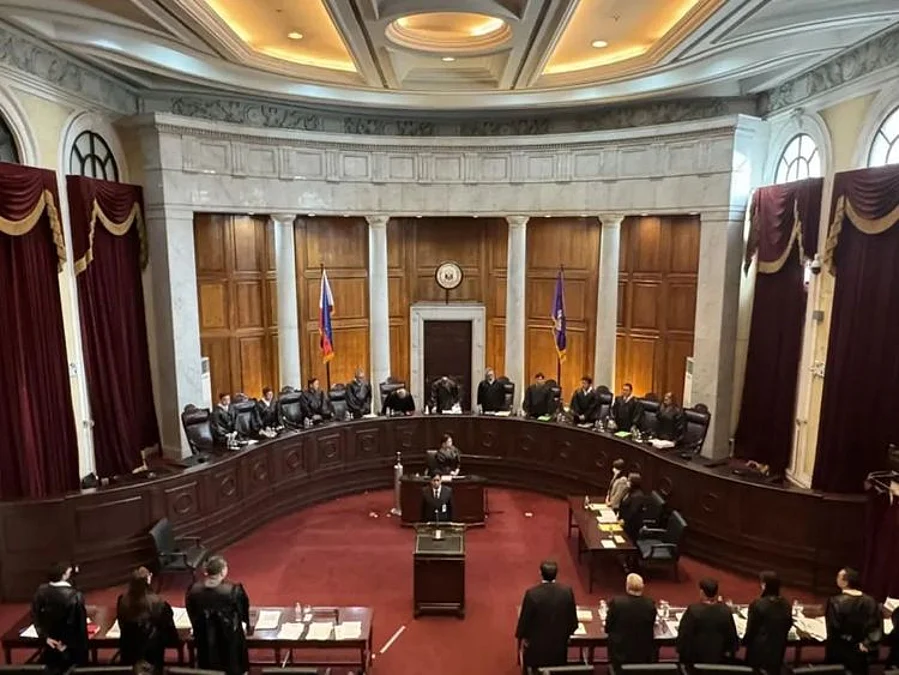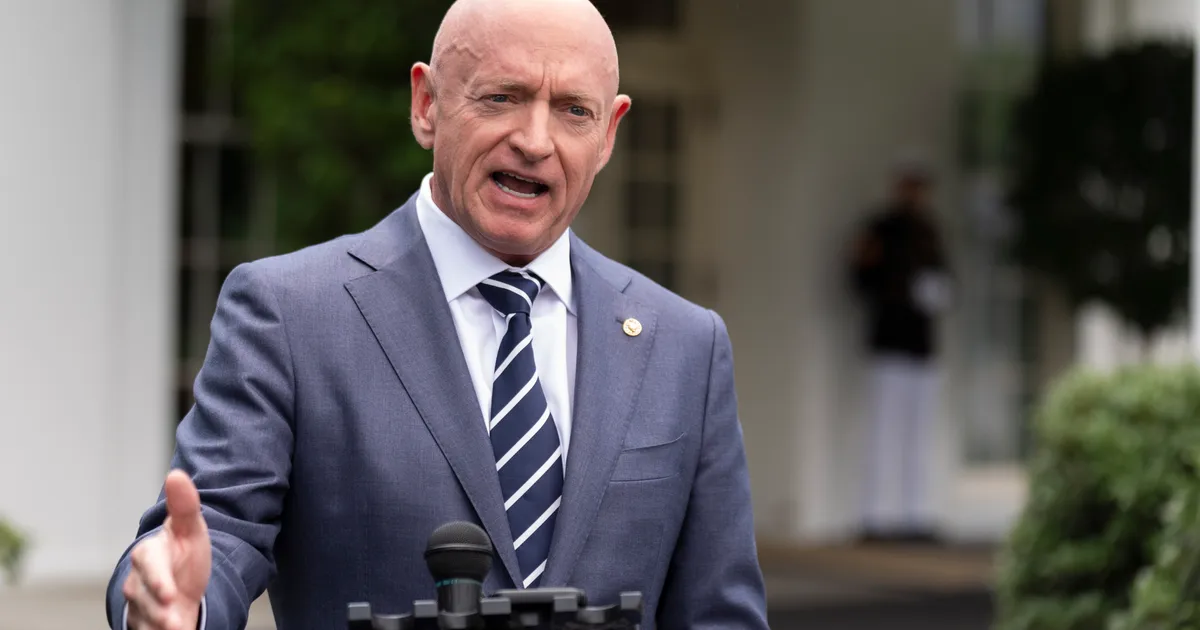By Jay Hilotin
Copyright gulfnews

Manila: Misuse of public funds in the Philippines is nothing new.In 2013, the Philippine Supreme Court delivered a landmark ruling that declared the Priority Development Assistance Fund (PDAF), commonly known as the pork barrel fund, unconstitutional.The decision on the Belgica v Ochoa case, penned by Justice Estela Perlas-Bernabe, nullified all laws authorising discretionary lump-sum funds allocated to lawmakers, including past and present PDAF allocations as well as related congressional insertions..Philippines: How AI could catch budget anomalies, why midnight budget insertions belong to Dodos.Philippines: 727 bank accounts linked to graft-ridden flood control projects frozen.Philippines flood control scam: 25 people slapped with ‘non-bailable’ graft, corruption charges.Marcos Jr’s cousin steps down as Philippines’ Congress speaker amid fake flood-control projects probe.Here’s an explainer on the discretied multi-billion pork barrel system and how it took on a new form:Q: When did the Philippine Supreme Court ban the pork barrel fund?A: The Philippine Supreme Court ruled to ban the pork barrel fund in November 2013. The decision was a landmark ruling aimed at ending the practice of allocating discretionary lump-sum funds to lawmakers that were often susceptible to misuse and corruption..’Pork barrel’The term ‘pork barrel’ means politicians using government money to spend on the place they represent, giving it to their supporters and their local area. The word comes from American English. Slave owners in America used to give salted pork in a barrel to people who they had enslaved..Q: How much was involved?A: Some ₱10 billion over the course of the scam, having been diverted to Janet Napoles, participating members of Congress and other government officials, including 23 senators. In addition to the fertiliser fund maintained by the Department of Agriculture allegedly siphoned off, some ₱900 million in royalties earned from the Malampaya gas field was also lost to the scam.. Q: Why did the Supreme Court ban the pork barrel fund? What were the key reasons?A: The ban was grounded on the following key reasons:Violation of the Constitution: Pork barrel funds were deemed unconstitutional because they violated the principle of separation of powers. The Constitution grants the power of the purse to Congress, but the allocation of lump sum discretionary funds to legislators bypassed proper budgetary processes and accountability. Source of corruption: Pork barrel funds became synonymous with massive corruption and misuse of public resources. Numerous scandals — such as the Priority Development Assistance Fund (PDAF) scam — revealed how these funds were often diverted to fake NGOs and pork barrel scams, enriching a few while depriving citizens of essential services. Lack of transparency and accountability: The funds lacked proper guidelines, making it easy for lawmakers to discreetly funnel money to favored projects or groups without oversight. This fueled patronage politics and weakened good governance..₱10 billionEstimated value of the ‘pork barrel’ fraud, as per Philippine media reports.Q: What emerged after the pork barrel ban?A: Despite the Supreme Court ruling, mechanisms such as “budget insertions” emerged as a workaround. These insertions allowed lawmakers to insert specific projects or funds into the national budget during deliberations, often without the transparency or accountability envisioned by budget reforms. This led to:Systematic realignments: Lawmakers negotiated and realigned the national budget in ways that replicated the discretionary fund allocation pattern, but now disguised within the official budget process. Continued risk of corruption: The lack of clear transparency and monitoring in budget insertions poses similar risks as the pork barrel — kickbacks, favouritism, and misuse of public funds. Expansion across both chambers: Both the Senate and the House of Representatives have been implicated in budget insertions practices, complicating efforts to curb discretionary spending that escapes tight government controls..₱900 millionMalampaya oil and gas field royalties reported lost in the PDAF scam..Q: How do budget insertions differ from pork barrel funds?A: Budget insertions are requests or proposals made by legislators to include certain projects or funds in the budget. Unlike lump-sum pork barrel funds, they are ostensibly part of the legislative budget process. However, without rigorous transparency, they become vulnerable to the same abuse — favouring projects tied to personal or political interests..Q: What challenges do budget insertions present now?A: The main challenges include:Opaque processes enabling preferential treatment and possible collusion.Difficulty in tracking the flow of funds and linking them to actual projects or outcomes.Potential erosion of trust in the budget and legislative processes due to perceived continuation of “pork” politics under a different name.The 2013 Supreme Court ban on pork barrel funds was a critical step aimed at promoting transparency and reducing corruption. Yet, the persistence of budget insertions and systematic realignments within the Philippine legislature suggests enduring challenges in fully eliminating discretionary allocation of funds, continuing to fuel governance and corruption concerns..It is estimated that the Philippine government was defrauded of some ₱10 billion over the course of the scam,[1] having been diverted to Napoles, participating members of Congress and other government officials, including 23 senators who managed to steal approximately 10 billion pesos aside from the PDAF and the fertilizer fund maintained by the Department of Agriculture. Around ₱900 million in royalties earned from the Malampaya gas field was also lost to the scam.[5] The scam has provoked public outrage, with calls being made on the Internet and popular protests demanding the abolition of the PDAF,[8] and the order for Napoles’ arrest sparking serious discussion online.[9]



